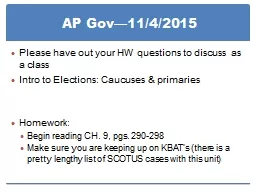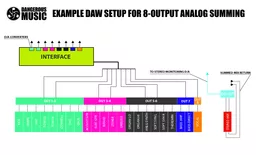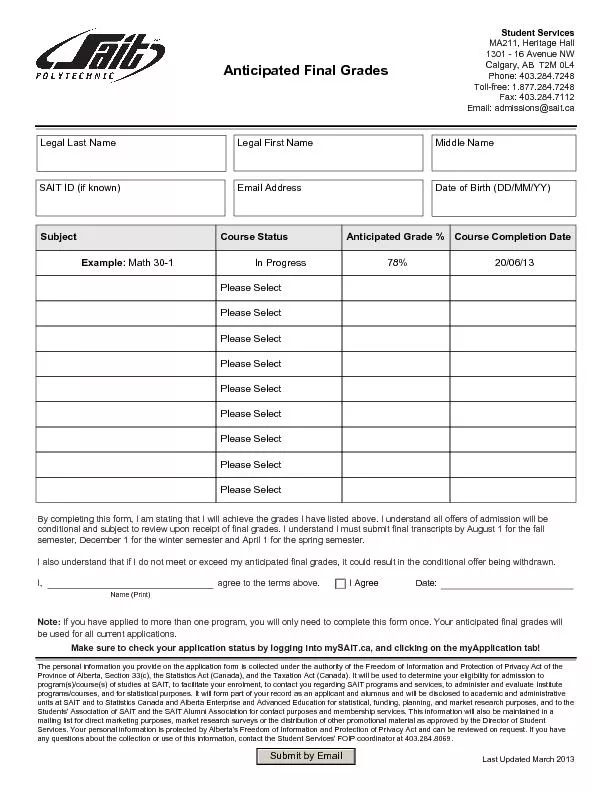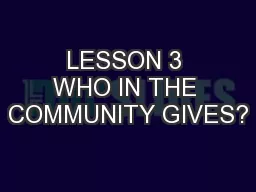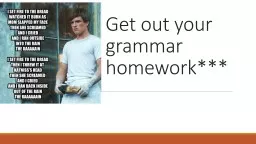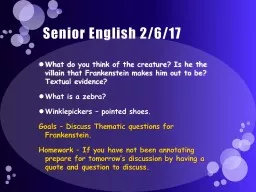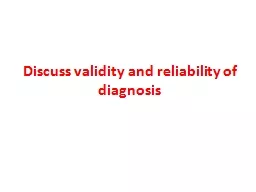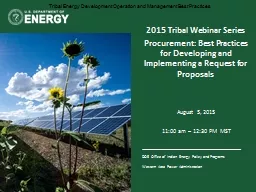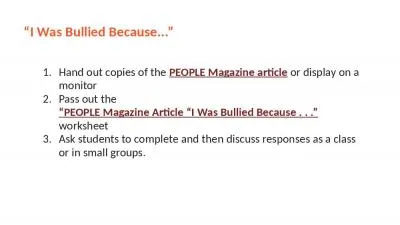PPT-AP Gov —11/4/2015 Please have out your HW questions to discuss as a class
Author : ryotheasy | Published Date : 2020-08-07
Intro to Elections Caucuses amp primaries Homework Begin reading CH 9 pgs 290298 Make sure you are keeping up on KBATs there is a pretty lengthy list of SCOTUS cases
Presentation Embed Code
Download Presentation
Download Presentation The PPT/PDF document "AP Gov —11/4/2015 Please have out you..." is the property of its rightful owner. Permission is granted to download and print the materials on this website for personal, non-commercial use only, and to display it on your personal computer provided you do not modify the materials and that you retain all copyright notices contained in the materials. By downloading content from our website, you accept the terms of this agreement.
AP Gov —11/4/2015 Please have out your HW questions to discuss as a class: Transcript
Download Rules Of Document
"AP Gov —11/4/2015 Please have out your HW questions to discuss as a class"The content belongs to its owner. You may download and print it for personal use, without modification, and keep all copyright notices. By downloading, you agree to these terms.
Related Documents

